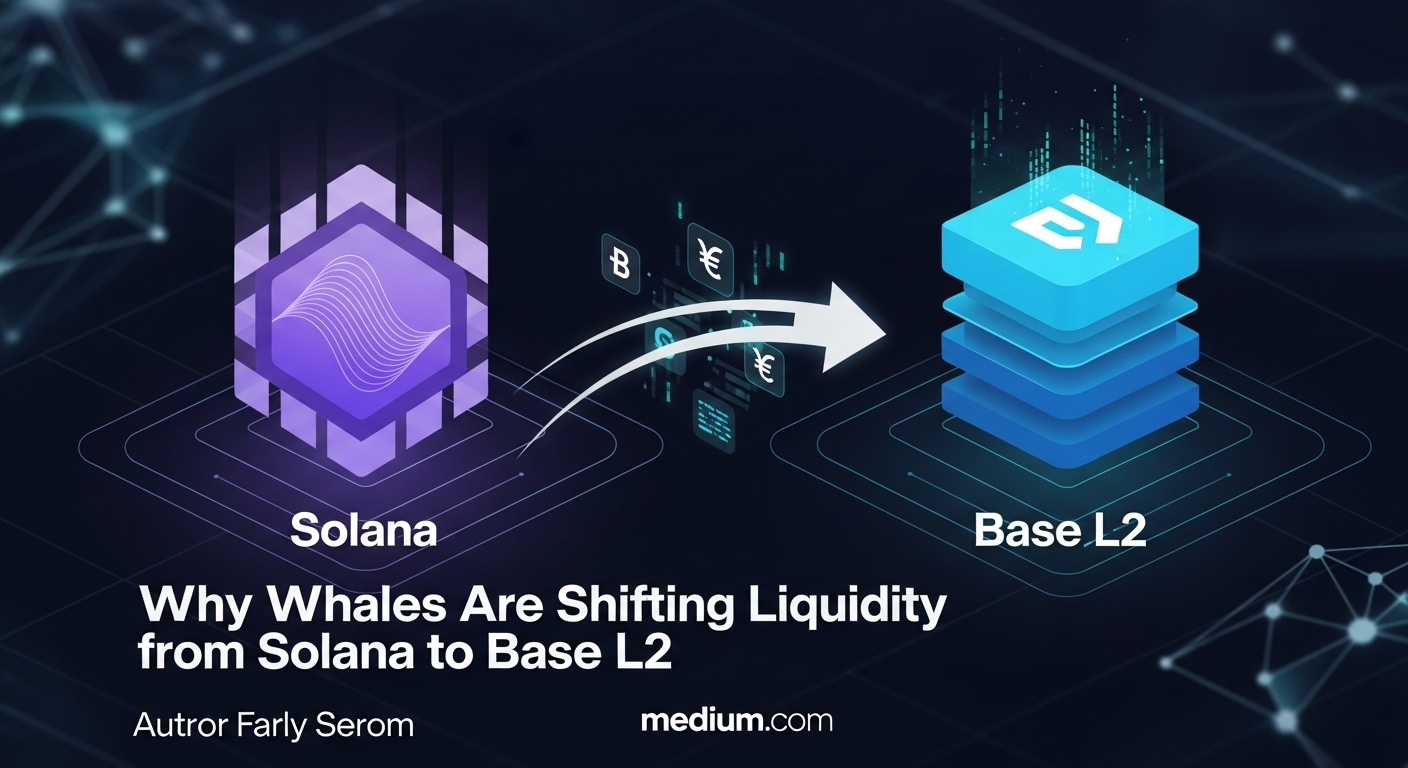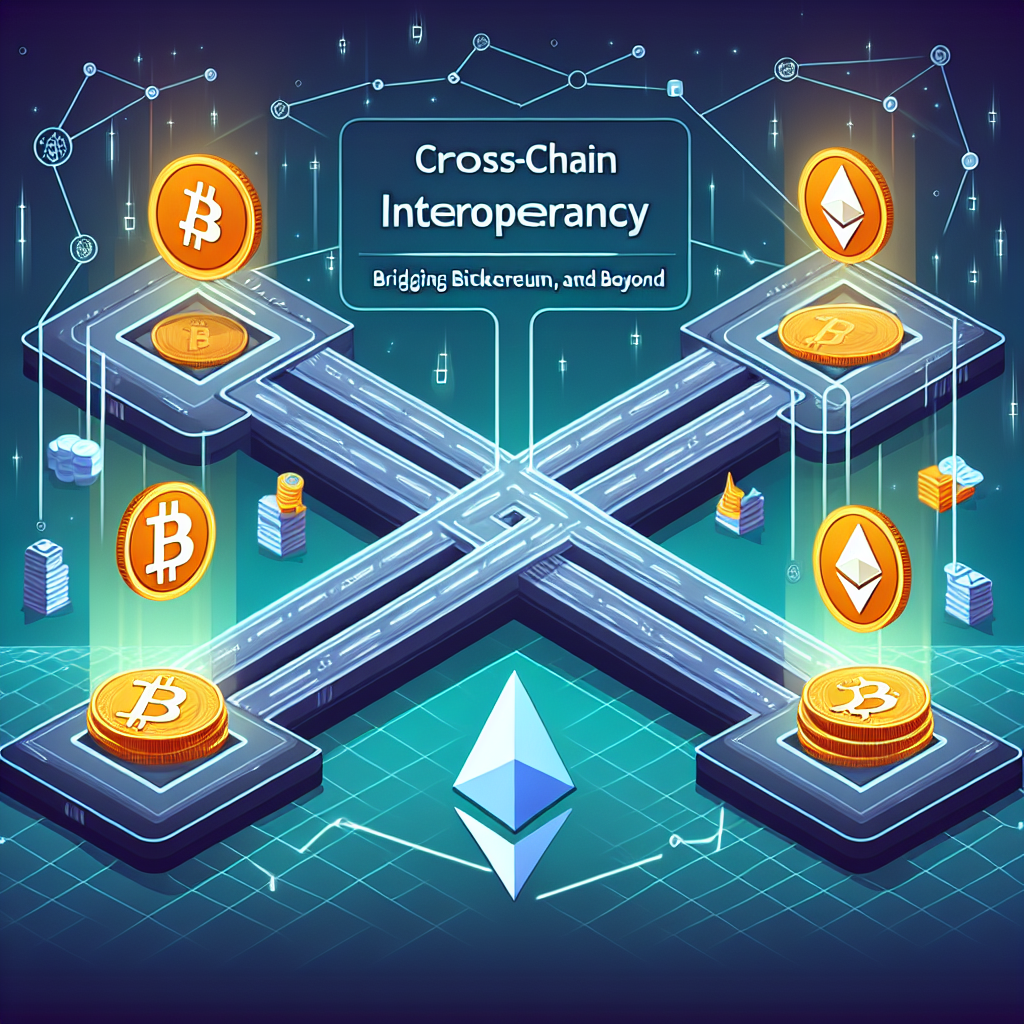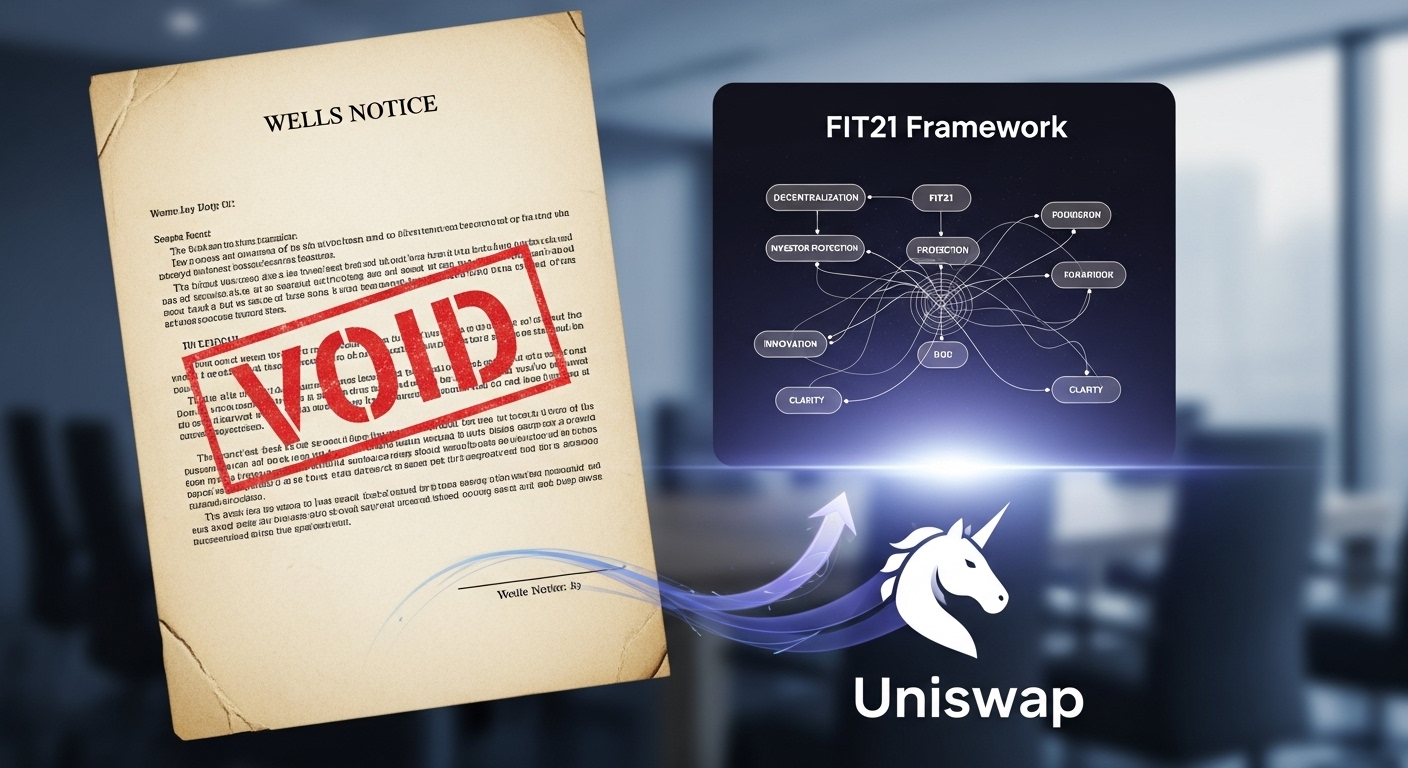{"title":"Crypto Fork Shocks: The Truth Behind Blockchain Splits","titleWithoutTags":"Crypto Fork Shocks: The Truth Behind Blockchain Splits","sections":[{"type":"paragraph","text":"In the ever-evolving world of cryptocurrency, the term 'fork' often surfaces, sometimes stirring excitement and other times causing concern. For many, the concept of a fork can be confusing, yet it's a fundamental aspect of how blockchain networks can adapt and evolve. This article delves into the intricacies of hard and soft forks with the intent to demystify their causes and potential impacts on cryptocurrency holders."},{"type":"paragraph","text":"At its core, a blockchain is a digital ledger distributed across a network of computers. When a significant change is proposed to the blockchain protocol, a fork may occur. A fork can be compared to a road that splits into two paths, with the blockchain also dividing into two separate versions, potentially creating new coins. Understanding the distinction between a hard fork and a soft fork is crucial for any crypto enthusiast."},{"type":"paragraph","text":"A hard fork is a considerable change to the blockchain protocol that is not backwards-compatible. This means that nodes on the older version cannot validate blocks created under the new protocol rules. Hard forks often result in the creation of a new blockchain and cryptocurrency, distinct from the original chain. Bitcoin Cash, a result of a hard fork from Bitcoin, is a prominent example where differences in vision led to a split aimed at handling larger blocks to improve transaction speed."},{"type":"paragraph","text":"On the other hand, a soft fork is a backward-compatible upgrade to the blockchain protocol. In a soft fork, new rules can be enforced without requiring all nodes and users to upgrade. Nodes that remain using the old protocol will still recognize and validate new blocks. This type of fork is typically used to implement changes that do not alter the core structure significantly, such as enhancing transaction formats or improving security without dividing the blockchain."},{"type":"paragraph","text":"The causes of forks vary widely, from protocol upgrades and security enhancements to disagreements within the community over the best direction for development. Forks can affect the market value of a cryptocurrency and cause volatility, as holders react to changes in protocol and potential shifts in the coin's utility and adoption."},{"type":"paragraph","text":"For cryptocurrency holders, the occurrence of hard and soft forks presents both challenges and opportunities. While a hard fork may lead to a sudden creation of new coins that must be managed wisely, soft forks could bring improvements to the network without any action required from holders. However, it’s vital for investors to stay informed about upcoming forks, understand their implications, and prepare accordingly — whether that means aligning with a new blockchain, or remaining part of the existing one."},{"type":"paragraph","text":"In conclusion, understanding the mechanics and motivations behind crypto forks is essential for anyone involved in the cryptocurrency space. Hard forks and soft forks represent the market's adaptability and dynamism, making blockchain technology more robust. As the landscape continues to mature, staying educated on forks will empower crypto holders to make informed decisions that align with their investment strategies and technological preferences."}]}

Articles You May Like







